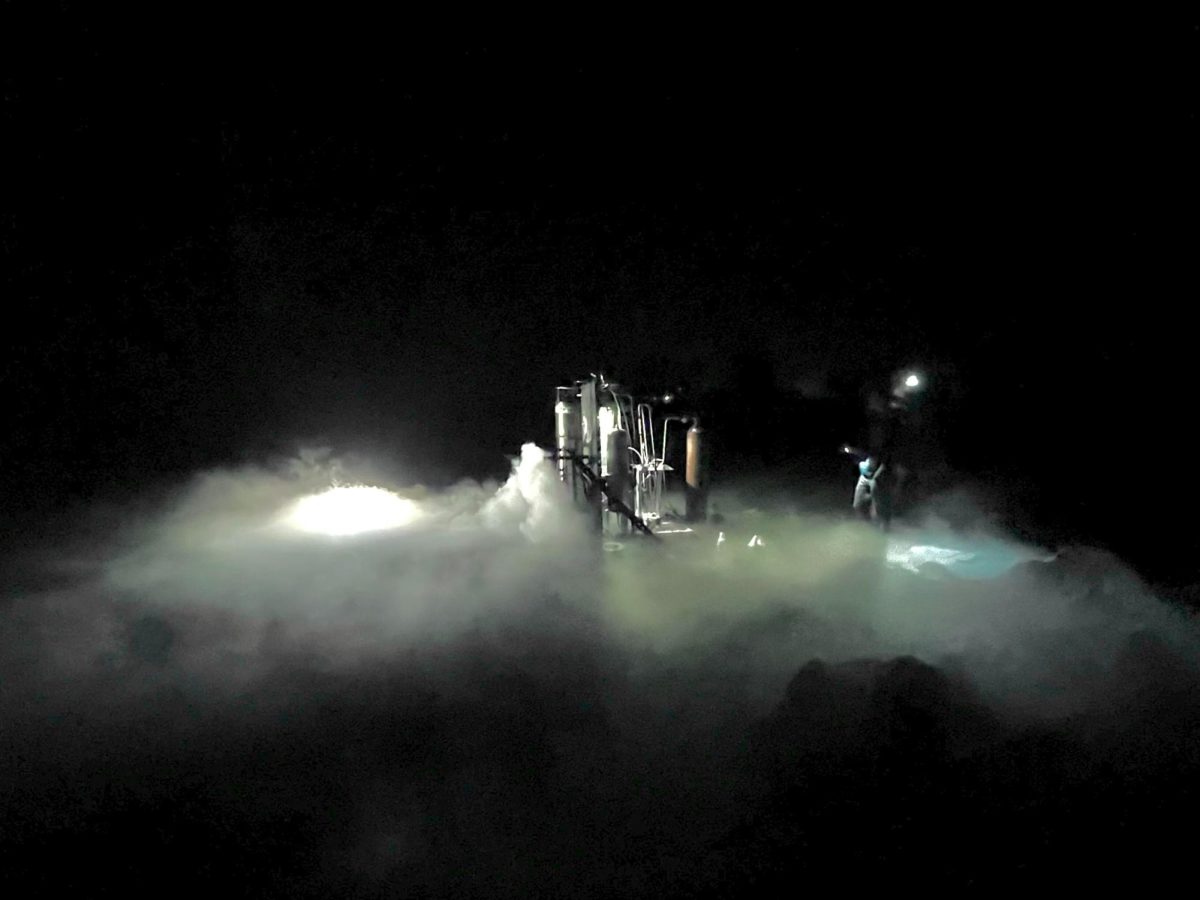The World Health Organization estimated that 140 million people in at least 70 countries have been drinking water contaminated with arsenic at dangerous levels, causing long-term health consequences.
Despite this, in many instances, contaminated water has been successfully purified in the past through redox-mediated electrosorption, a method that removes contaminants from water using electricity.
However, Ki-Hyun Cho, research scientist in the Department of Chemical and Biomolecular Engineering, explained the issues of using the electrosorption method.
“The problem is that it still needs electrical energy,” Cho said. “And this electrical energy is mainly generated by the combustion of fossil fuels.”
In 2022, the Energy Information Administration reported around 60% of fossil fuels were used to generate electrical energy, which contributed to climate change and other environmental consequences.
Get The Daily Illini in your inbox!
As a result, Xiao Su, assistant professor in LAS, developed a team of researchers called the Su Research Group at the University.
The Su team proposed an alternative method to electrosorption known as photoelectric chemical separation.
The PEC method uses a semiconductor that harnesses solar energy to separate pollutants from wastewater. This solar energy separation system would be demonstrated for the very first time by the Su team.
At first, the Su team would only shine artificial sunlight on the semiconductor, allowing it to capture heavy metal ions in water. These ions included molybdenum, arsenic and chromium, which are common major waste components in steel, mining and chemical industries.
Johannes Elbert, research scientist in the Su group, explained although they were able to capture contaminants with solar energy, solar power wasn’t as efficient on its own, needing electrical assistance.
“It’s just sort of not strong enough to give the electrons enough of a push,” Elbert said. “So we have to sort of help it with a little bit of electrical bias.”
The research team would then combine solar and electrical energy to increase the capture of heavy metal ions.
Su explained while the purpose of this project was to use solar energy to purify water, there is still an increased efficiency in the separation process by adding electrical energy.
“If you just use solar, you can still carry out the process, just not as good,” Su said. “And so, when you use solar plus electrical, you’re using less electrical energy.”
According to their research, not only were they able to capture more ions with the combination of electrical and solar energy, but they were also able to reduce electrical usage by 51.4% compared to the electrosorption method.
The Su team plans to continue their research until they can purify water only using solar energy.
“We’re actually trying to design systems that are more efficient for full capture of solar,” Su said. “We don’t want to use electrical in the future.”










